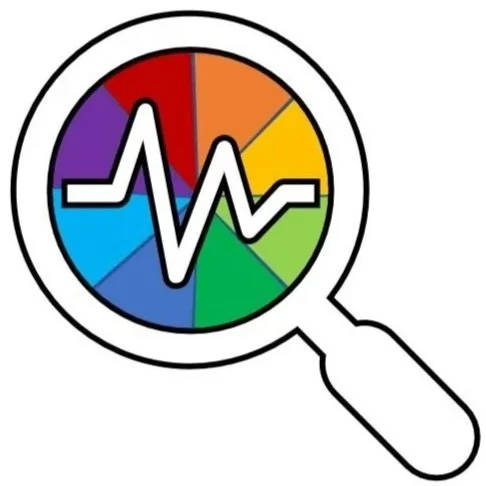More ways to experience Cajal’s innovative approach
Enroll your child in our innovative, K-12 school, sign up for our After School Program or Enrichment Series, or join one of our parent and educator workshops to learn more about our break-through educational program!
Cajal Academy is a school serving unique populations of kids, at the heart of a non-profit “think tank” developing new educational approaches that leverage the last 20 years of neuroscience discoveries to empower kids to have agency over their learning, social, emotional and physical experiences, and actually reduce or remove the learning disabilities that stand in their way.
Now that we are in our beautiful new SONO location, we’re opening up lots of new ways for your child to experience Cajal Academy and for parents and educators to benefit from our unique expertise.
Apply today for 2025-26, mid-year and 2026-27 admissions in our K-12, 9-3 pm school for bright, gifted, twice exceptional and EDS kids, or scroll down to learn about these exciting new Cajal programs!
Enroll your child at Connecticut’s most innovative school, for its most innovative thinkers
Our small school is tailored to prepare college-bound innovative thinkers for a future defined by their strengths. Our Vision-to-Voice Curriculum gives our bright and gifted students the super-sized executive function, leadership and self-care skills they need to turn their unique ways of seeing the world into reality, while our first-of-its-kind, research-backed Student Growth Catalysts reduce or remove the learning and social-emotional disabilities that stand in their way. Apply to join us with an academic, mid-year or diagnostic placement!
Academic Year & Mid-Year Placements
Apply for a mid-year placement to start your child’s journey towards a future defined by their strengths without delay! Rolling admissions; grades K-12.
Diagnostic Placements & Multidisciplinary Evaluations
Many of the students with whom we work may not yet have neuropsychological and other evaluations diagnosing their challenges, or may have complex profiles that may not be well understood or supported by other educational environments. Our clinical team is made up of expert diagnosticians who are experienced as “independent expert evaluators” and conduct the normed assessments that are at the heart of our Student Growth Catalysts on-site. Contact us for more information about a diagnostic placement to Cajal Academy.
Can’t enroll full time? We’ve opened up more ways for your child to experience Cajal Academy!
Our After School Program and Workshop Wednesdays Enrichment Series give you the chance to meet other kids who see the world in innovative ways, while discovering new interests and developing your critical thinking, executive function and social skills. Find out more about these exciting new programs!
NEW! After School Program
Our new After School Program fills the need in our community for after school programming tailored to the interests of naturally innovative kids like the twice exceptional students we serve, in a nurturing environment that fosters social growth and personal development--and delivered by an expert staff specially trained in the needs of gifted and 2e learners.
Workshop Wednesdays Enrichment Series Returns!
Join us on alternating Wednesday afternoons beginning September 24 through the end of the school year—come for an afternoon, or sign up for the whole series! Designed for families seeking enrichment opportunities with expert social skills and executive function development from their current school or homeschool program. Application required.
Parent & Educator Workshops
Learn the fundamentals behind how we move kids forward by reducing and removing their “disabilities” and the powerful Neuro- and Trauma-Informed Approach at the core of our innovations at an upcoming Information Session, or join our newsletter in the footer below to learn about new parent and educator workshops!











